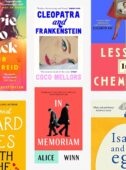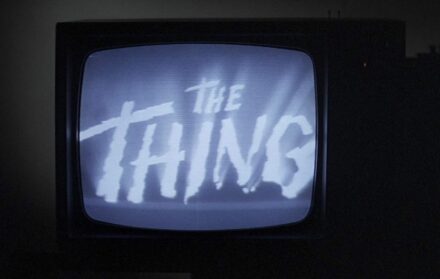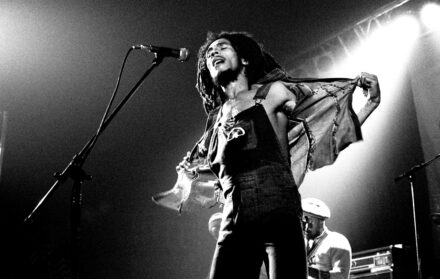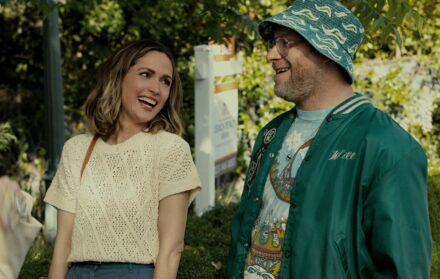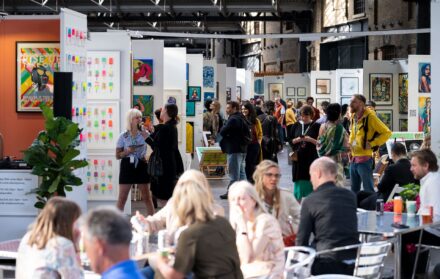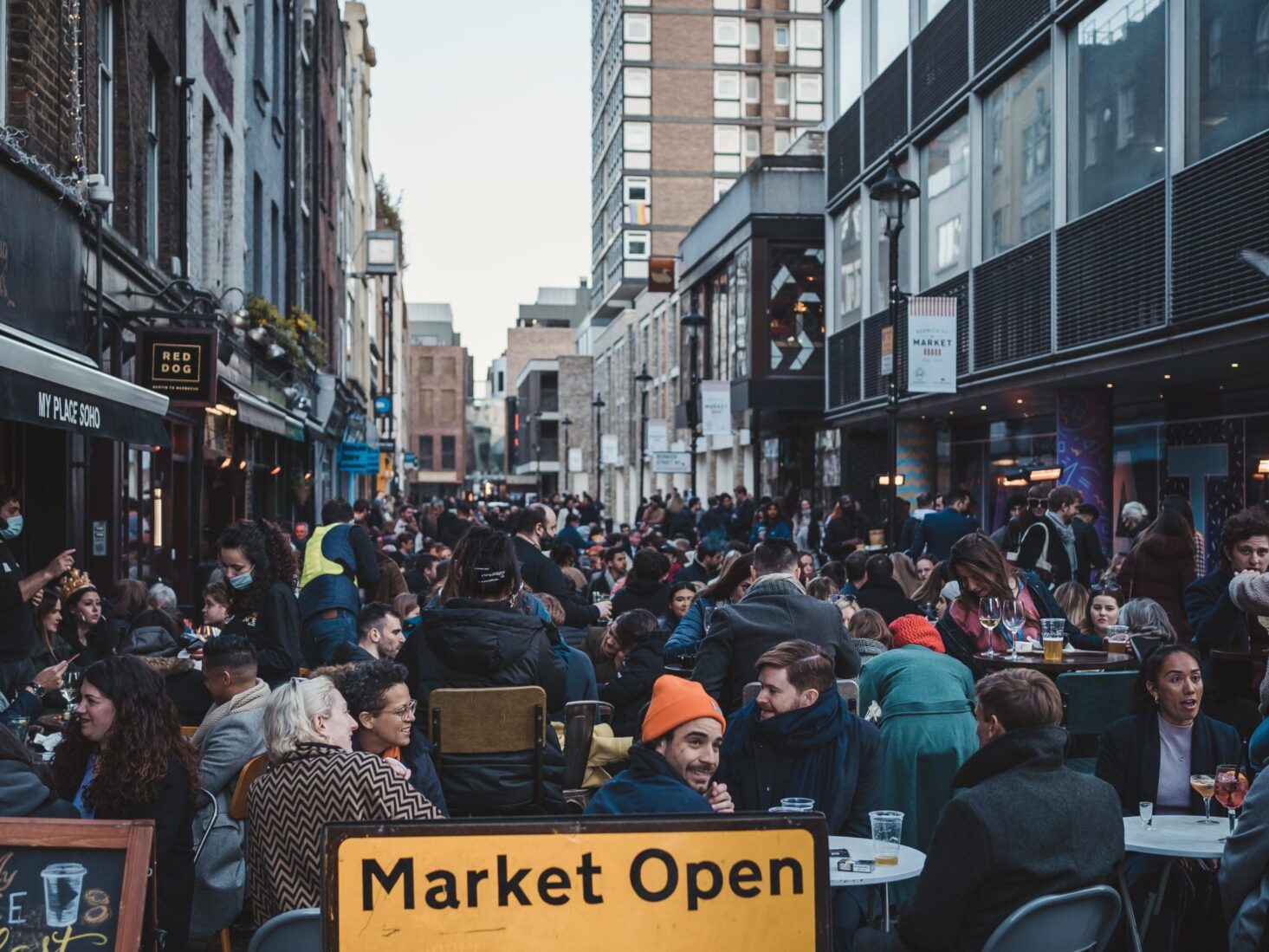
Has Covid-19 snuffed out Soho’s indie spirit for good?
After the financial hit that these businesses took during the pandemic, it’s good to see them busy – but that doesn’t mean that ‘Soho is Back’
There was a poet who lived above the Maison Bertaux café on Greek Street. On Sundays, he would open the window to recite lines to whoever was passing by. He doesn’t anymore. He disappeared a month or so ago, I’m told. Couldn’t afford the rent. Fled to the country, as all impecunious Londoners are fated to do.
It’s the area’s loss. There has been a creeping realisation over the past few years that Soho is becoming just another Shoreditch – ‘Sohoditch’, as it’s been coined – as a combination of rising business rates and property rents, together with changing nightlife habits, slowly snuff out a community that has managed to thrive for so long.
Soho, it must be said, maintained its counter-culture spirit for longer than other bohemian nightlife districts: Montmartre in Paris or New York’s Lower East Side. That the poet was even there until recently is testament to the area’s sustained beatnik nature.
I grew up in London, and, like most Londoners, always thought that anywhere within a mile of Leicester Square couldn’t possibly be interesting. My generation, millennials, sought our kicks beyond Zone One, chasing that fantasy Williamsburg-like lifestyle in Scandi-inspired, MacBook-populated coffee shops east of the City and south of the river. In Shoreditch and Peckham. Soho was where tourists went to watch Aladdin and giggle at the sex shops.
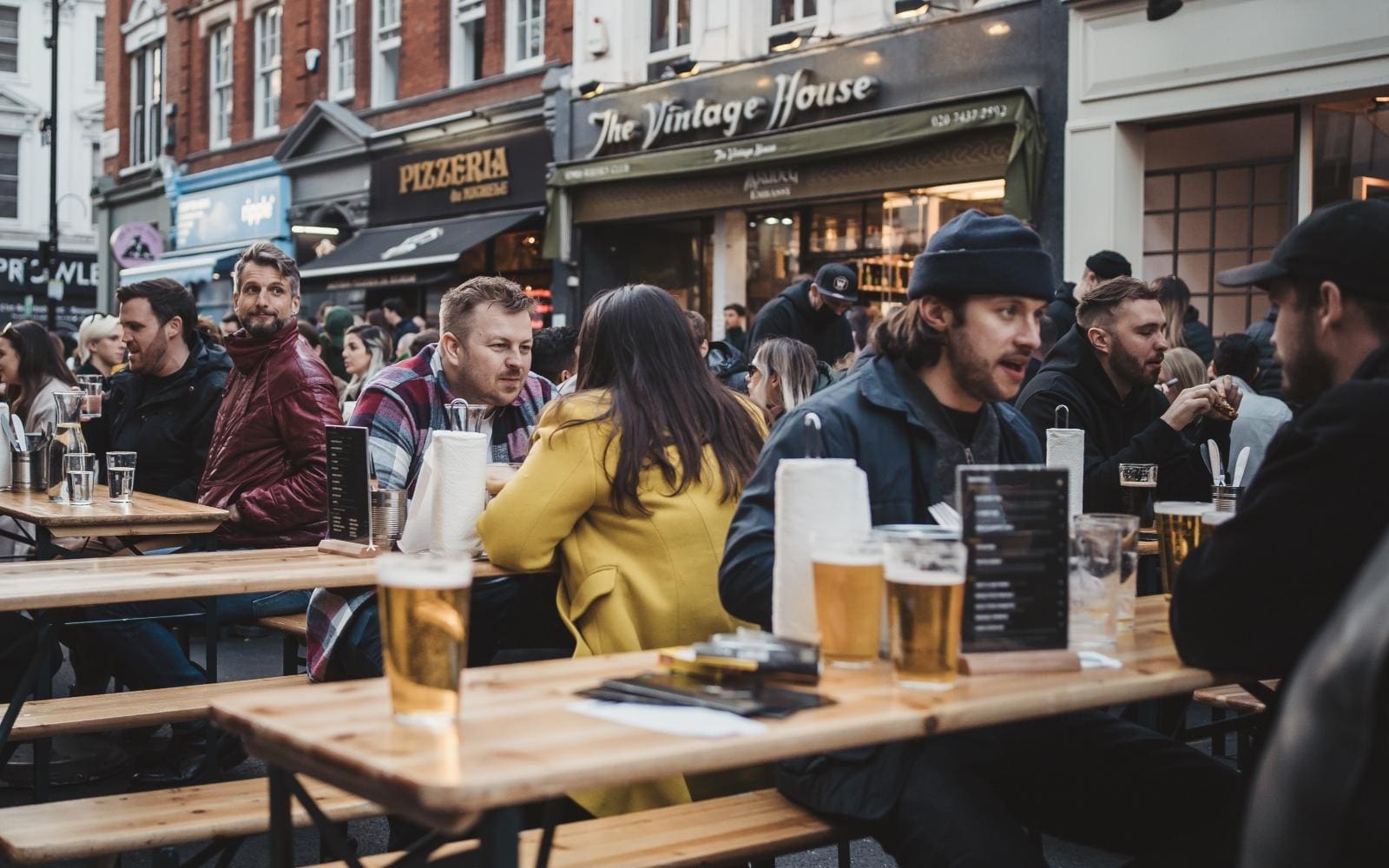
The bars and cafés on Dean Street and Greek Street still have a sense of menace about them. The Kray twins, who ran The Hide-A-Way club on Gerrard Street in the 1960s, have, reportedly, been replaced by the Italian, Albanian and Chinese mafias. You can still see haggard sex-workers at Newport Court. Drug dealers off Brewer Street. Ageing bohemes in corduroy trousers and horn-rimmed glasses rolling cigarettes outside Bar Italia.
It’s a small place, Soho, a genuine city within a city, with invisible borders that separate Chinatown, the Theatre District, the LGBT bars on Old Compton Street, grimy Wigmore Street, spruced-up Carnaby Street, and the modish jazz and Italian spots that splinter off Soho Square. There are high-society members’ clubs and hip restaurants and homeless shelters. Everything is in Soho. That’s why, metre-for-metre, the neighbourhood is the most interesting place in Europe. Maybe the world.
In the 1950s and 60s, the area was where browbeaten creatives and lost souls found solace in each other’s company. Struggling authors, artists and poets, including Lucien Freud and Francis Bacon, and later Sebastian Horsley, made the district their home. Sensing that something important was happening, fashion brands opened up in Carnaby Street. New bands called The Rolling Stones, The Who, and The Birds began recording music near Denmark Street. If it was happening, it was happening in Soho.
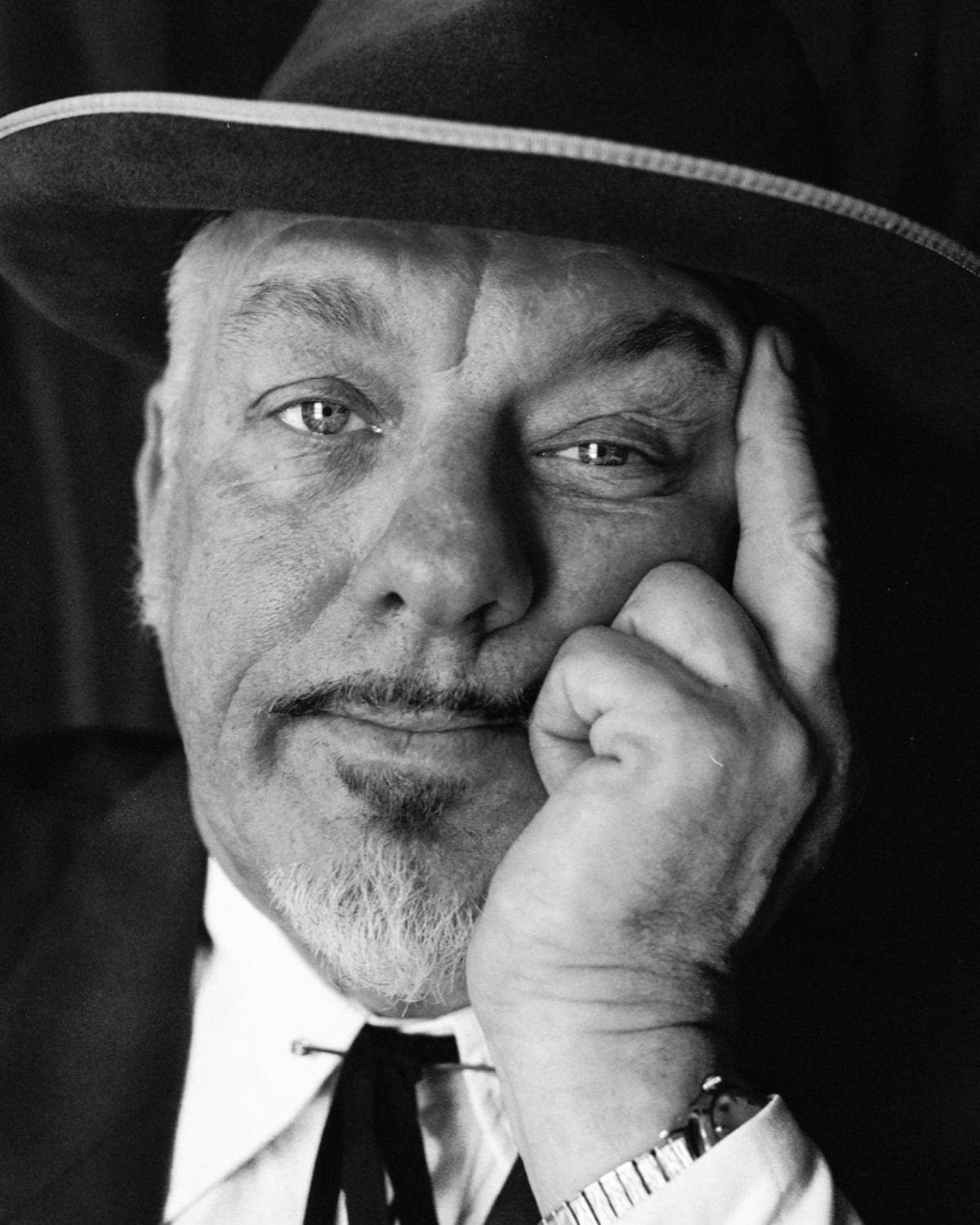
The area also formed the nucleus of the New Romantic and Punk scenes. Chris Sullivan has been in the thick of it for more than 40 years. The writer, Soho Radio DJ, and author of Punk, arrived at the age of 15 from his hometown in Wales. He ran legendary nightclub The Wag Club during its glory years in the 80s. If anyone knows Soho, what it is and what it stands for, what people continue to seek, even now, it’s Sullivan. On what Soho represents, Sullivan says this: “You can be anything you want to be in Soho, and I still think that applies today.”
It was much seedier in the 70s, says Sullivan, painting a picture of a place “festooned with sex shops, peep shows and strip clubs. There were prostitutes on the street and every other window had a red light in it. It was a red light area but also a community. Amongst all that, there were family-run bakers, cafés, fishmongers, butchers, restaurants of every nationality, and drinking clubs that opened when the pubs shut between three and six in the morning. It also attracted artists, musicians – you’d see gangs of jazz musicians waiting for work outside of the Musicians’ Union headquarters in Archer Street – and it was full of art students. St Martins College of Art was on Charing Cross Road, then. It was naughty and lively and colourful and nice.”
Sullivan opened The Wag Club in 1982 for ‘one-nighters’, where a different genre of music was played, or performer booked, for different nights of the week. By 1983, Sullivan was working with different promoters six nights a week. “After that, most clubs took to the ‘different style of music, different clientele each night’ approach,” he says. “Soho was the only place to be, everyone was style obsessed.”
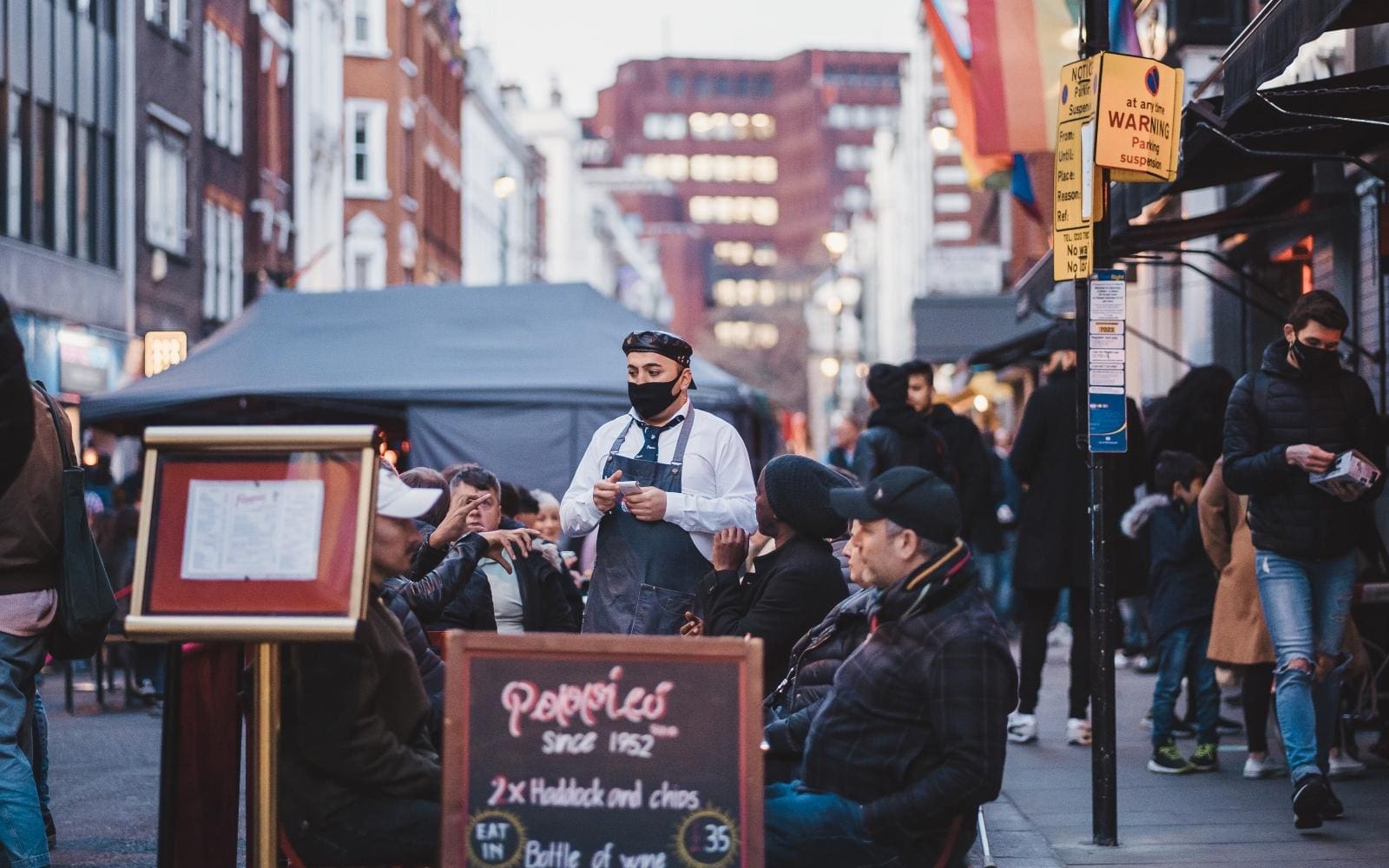
It’s a time Sullivan looks back on with envy. “You’d go to The Marquee, 100 Club, and later The Vortex, which was on the site of Crackers… In the late 70s and early 80s, it was Billy’s on Meard Street. I did one-nighters at Le Kilt and St Moritz. It would be a while until others followed, but Soho became the haven for one-night clubs.”
A few weeks ago, a well-known magazine published an article titled Soho is Back. It mentioned trendy coffee shops. It praised Soho House and Noble Rot – the new wine bar that opened where the Gay Hussar pub used to be (ironically, a cradle of London’s socialist movement). Trisha’s bar, formerly the New Evaristo, was offered as an example of a Soho institution bought back to life. The author described the feeling of stepping into Trisha’s basement in the tone of David Attenborough encountering a lost species of rhino.
Post lockdown, you can’t get into Trisha’s. At least not without queuing. In all the years I’ve been going, there has never been any indication that the bar even exists; just a blue door, now painted black, that leads down to the main room. The same faces, many of whom have been coming for decades, are still there, but Trisha’s attracts a different crowd nowadays, patrons who visit to document their trip on Instagram.
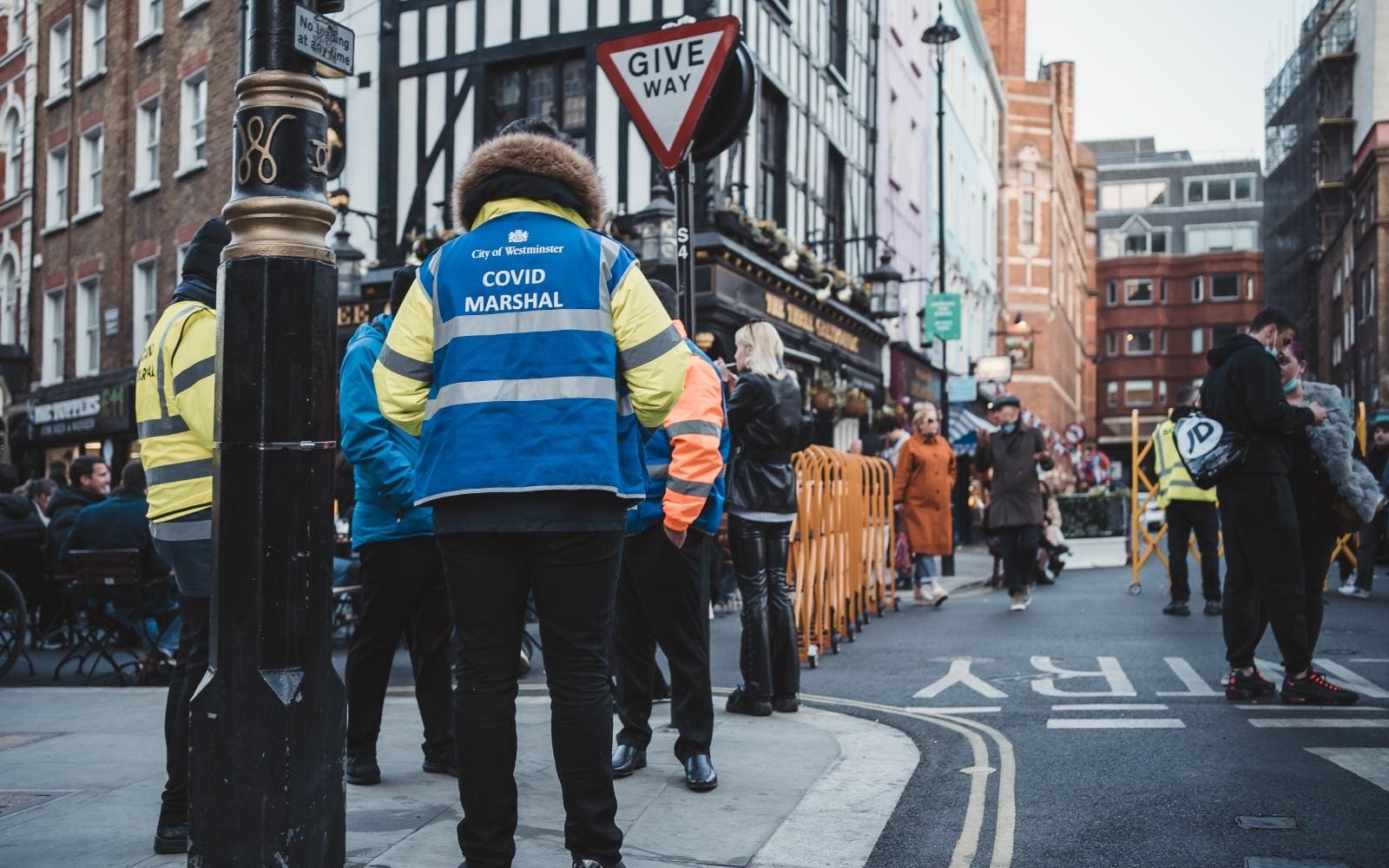
Of course, after the financial hit these businesses took during the pandemic, it’s good to see them busy – but that doesn’t mean that ‘Soho is Back’. An influx of Clapham Common rugby lads or Shoreditch digital marketing types will not re-energise this senescent neighbourhood.
“I’ve been here 13 years,” says Jan, the manager of Bradley’s on Hanway Street, one of Soho’s best bars, and a place still frequented by the area’s most colourful characters. “But it’s changed a lot.” Jan knows everybody and hears everything: “All the small shops have disappeared and there is almost no community feeling left,” he tells me. “The smaller places where people would go to meet up no longer exist.”
In April 2021, the Save our Soho campaign successfully lobbied Westminster City Council to allow the temporary pedestrianisation of Old Compton Street. The subsequent Soho Summer Street Festival saw the road taken over by street food vendors and outdoor seating from local bars and restaurants. Although it did help some businesses get back on their feet as lockdown restrictions were lifted, not everyone agrees that the scheme will be in the interests of the area in the long term.
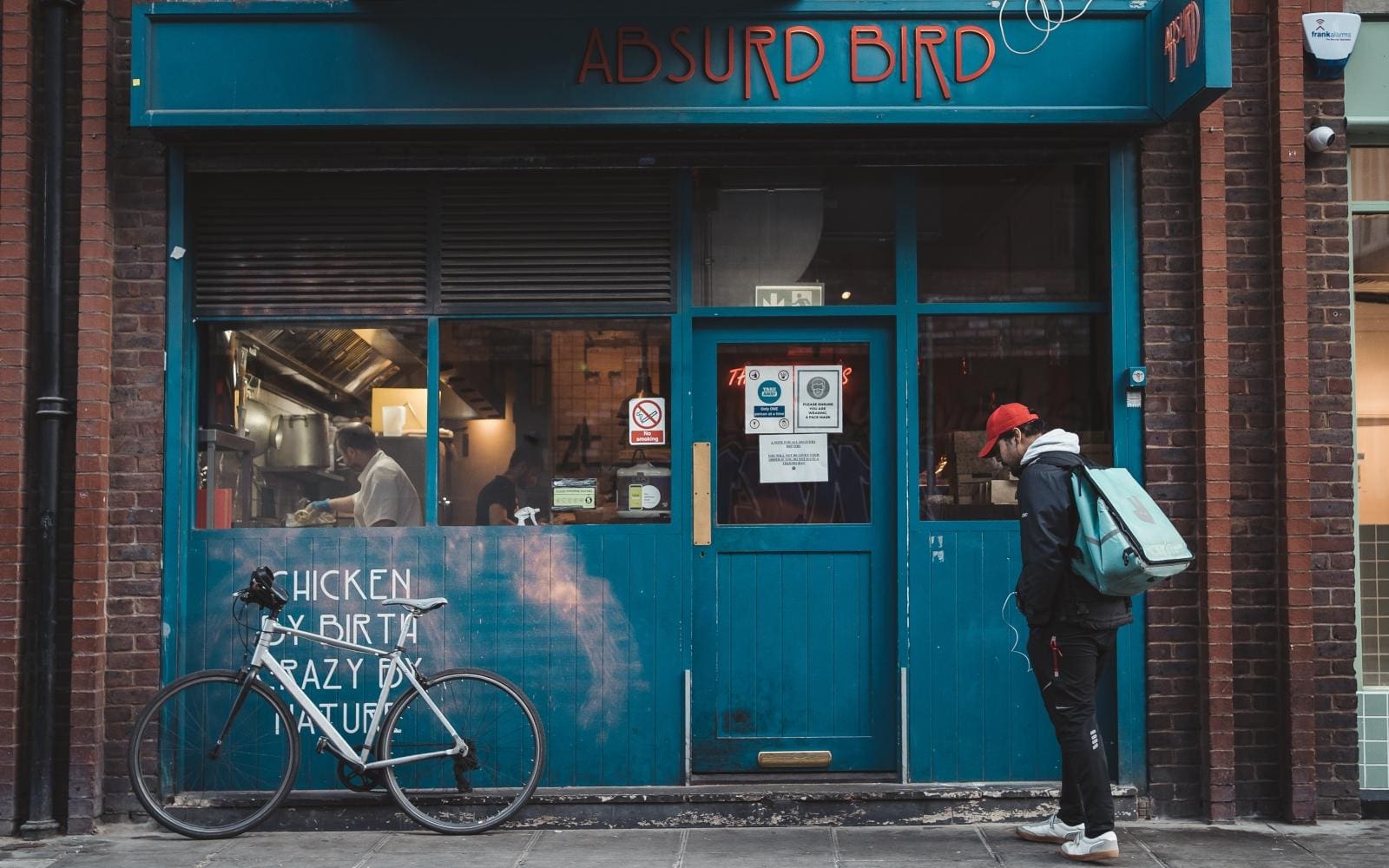
There are ongoing discussions, I’m told, to make the pedestrianisation permanent – something local campaigners are actually fighting against. An increase in this type of foot traffic, they argue, will only mean an increase in rent rates. Not just for the bars themselves – many of which are independent and unable to compete with commercial chains – but for local housing, too.
Soho’s nightlife industry relies on people working into the small hours, depending on them to travel outside of normal commuter times. The further they live from Soho, the harder that becomes. “I’d happily live in Soho if I could,” says Jan. “In fact, I’m going to write to the Night Czar. They could build flats for people who have worked locally for at least a year.”
As I stroll pass the shiny new developments going up in the area, I try to imagine who eventually will be living in them. It’s unlikely to be the next Lucien Freud. “A lot of properties stay empty,” says Jan. “Or are let by companies to their employees, who have no affinity with the area.”
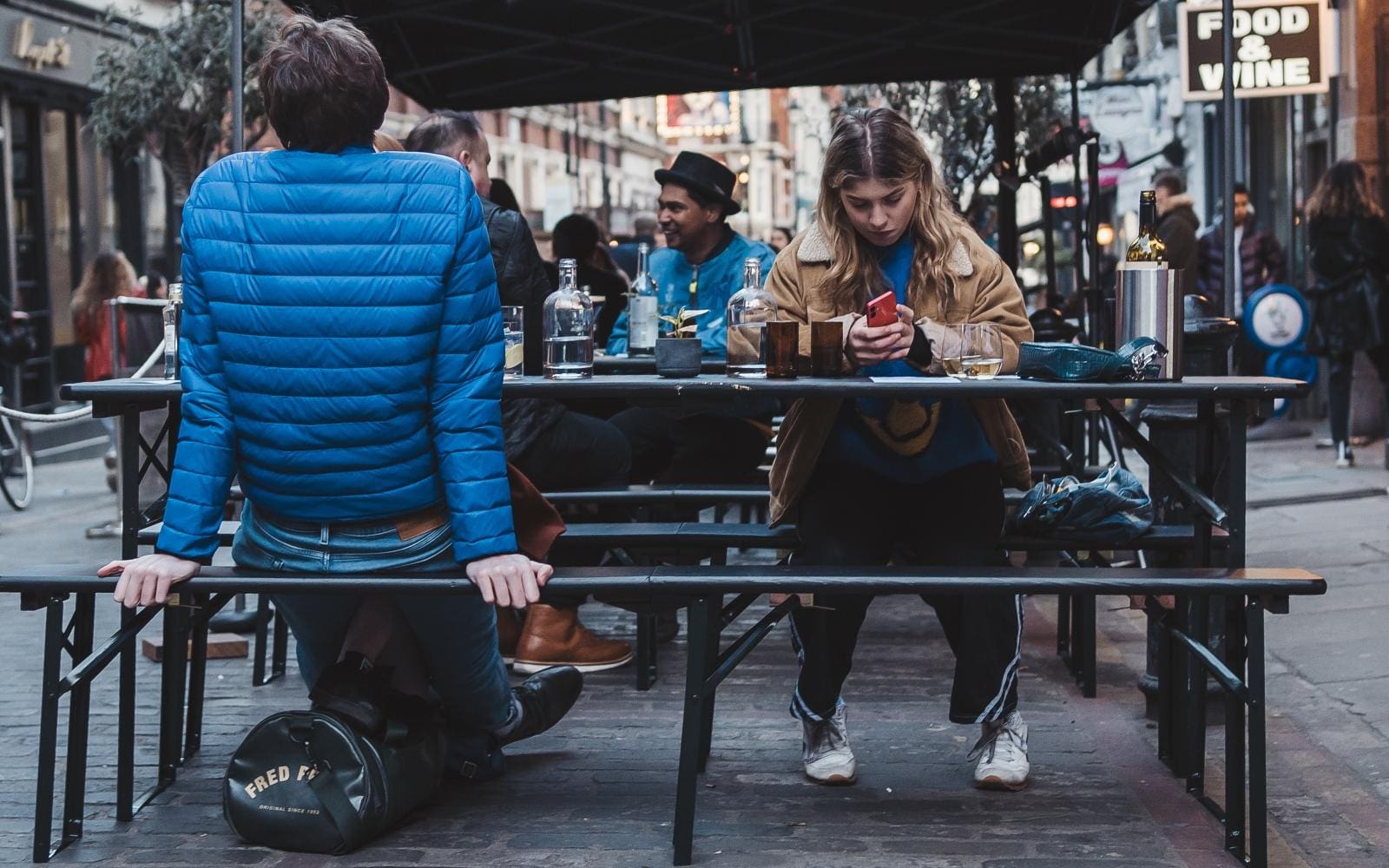
Now, as ever, it’s the people of Soho that make the neighbourhood special; the community of characters that stays behind once the party is over. If they go, the spirit of the area goes with them. And what will be left behind is an empty shell, a place that once was interesting. Like Camden, where Pete Doherty once serenaded Kate Moss out of his flat window. Now, Camden is vape shops and graffiti tours.
I imagine the poet above the Maison Bertaux is still serenading passers-by from some faraway suburban window, but Soho is a little less brilliant without him.

